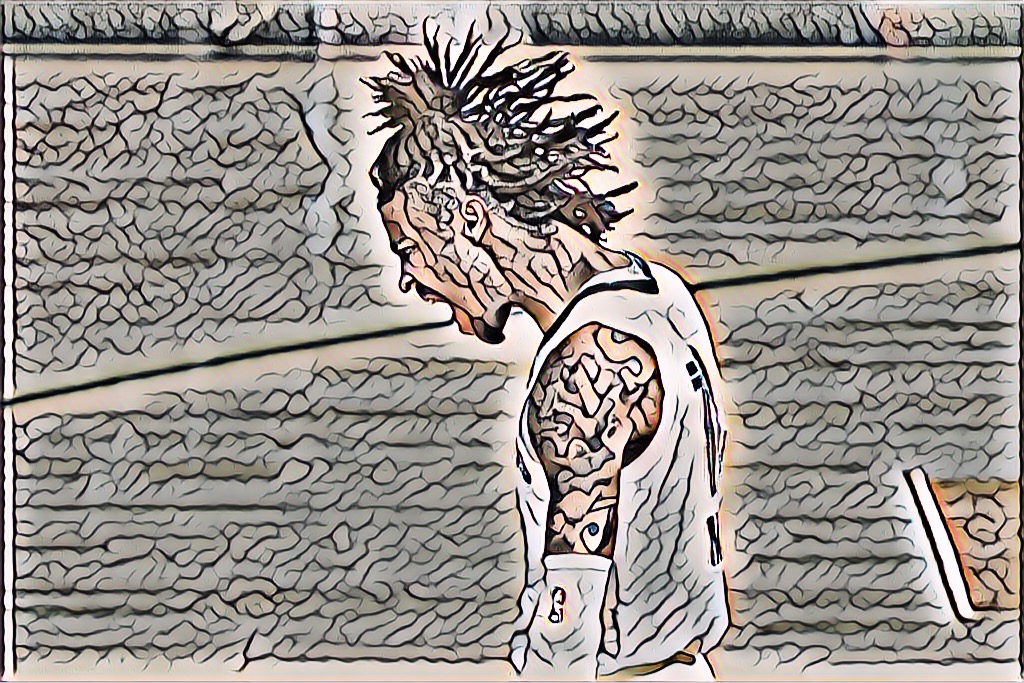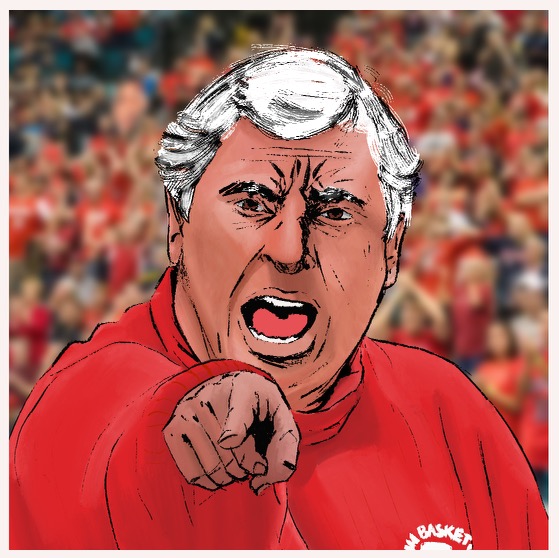We’ve talked about having a GO-move series (triple threat) and its importance. I want to go further in depth about the dribble portion 1/3 of the triple threat.
There are only two ways to score in offensive basketball; catch and off the bounce (starting with dribbling the ball to attack). Dribbling the ball comes easy for some, especially smaller basketball players. For others, it is a skill that is never cultivated correctly, usually because the player has another skill that his/her team leans on i.e., shooting. Understanding how, when, and where to dribble is the most difficult thing to master. When a player can dribble that comes with responsibilities that include:
- Not turning the basketball over
- Handling pressure while executing the play called
- Creating sound opportunities for yourself
- Creating opportunities for others
Traditionally, point guards have carried this burden more than any other position. Today, with position-less basketball becoming more of the trend, every player on the floor needs to be able to play off the bounce. When playing off the bounce, the player will need to add some sort of deception to his/her dribble.
- Not turning the basketball over
- Handling pressure while executing the play called
- Creating sound opportunities for yourself
- Creating opportunities for others
Most coaches won’t tell you that the player(s) who can play off the bounce will probably have the ball the most over the course of the game and those players statistical output will be higher and more consistent.
The non-handlers that depend on the primary ball-handlers to create opportunities for them will struggle and have ups and downs over the course of a basketball season. Usually, they will find themselves frustrated with the coach and teammates.
To give yourself the best chance to play at your next level, work on an in-game handle. Playing off the bounce allows for creativity and notoriety. It’s a cheat code but a hard one to master.



